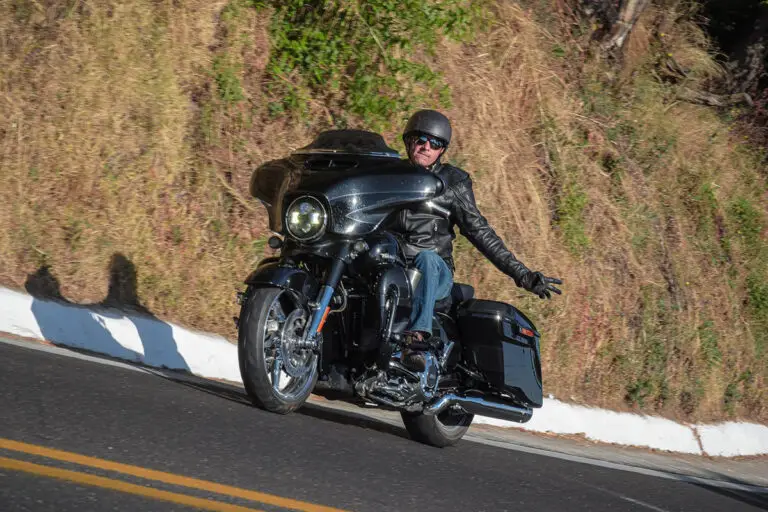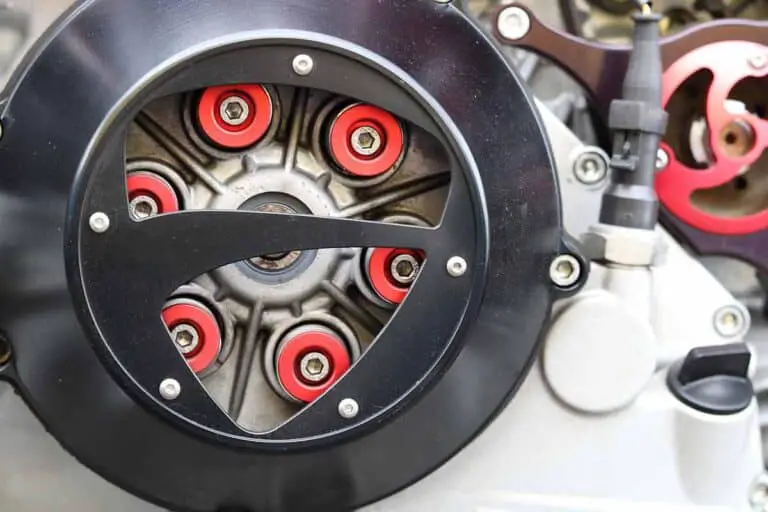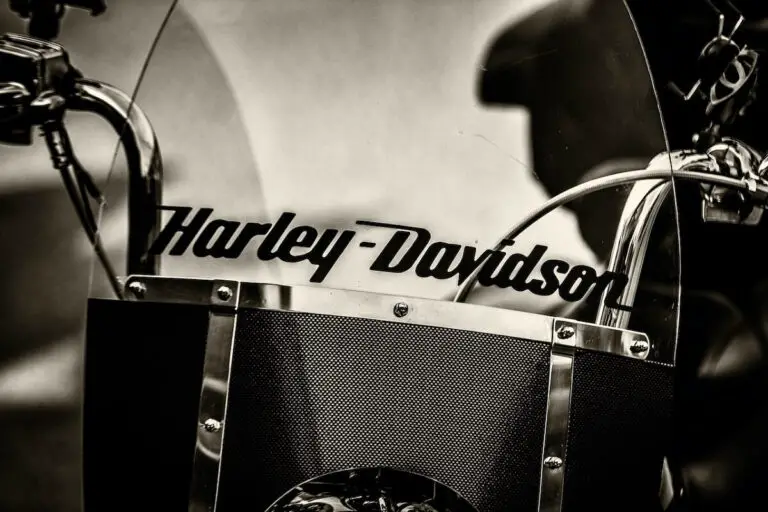Motorcycle Alternator vs. Stator: Difference
Disclosure: We may get commissions for purchases made through links in this post.
Motorcycles as a daily driver have become increasingly widespread in recent decades. However, they still fall behind automobiles in terms of popularity and people’s familiarity with the function of their many systems.
One such area is how their charging system components, particularly the alternator and stator, work and how these parts differ.
Dissimilarities between a motorcycle alternator and stator lie in their configuration. Alternators usually have a triple-phase layout and can produce more engine power. Alternately, stators have separate regulator/rectifier units and are more capable of supporting smaller two-wheeled machines.
This guide will focus on the roles the alternator and stator play in bringing two-wheelers to life. We will also touch on developments made to motorcycle electrical systems through the years.
Stick around (and take notes while you are at it) — as you learn more about factors that have led to the utilization of charging system components we know today.
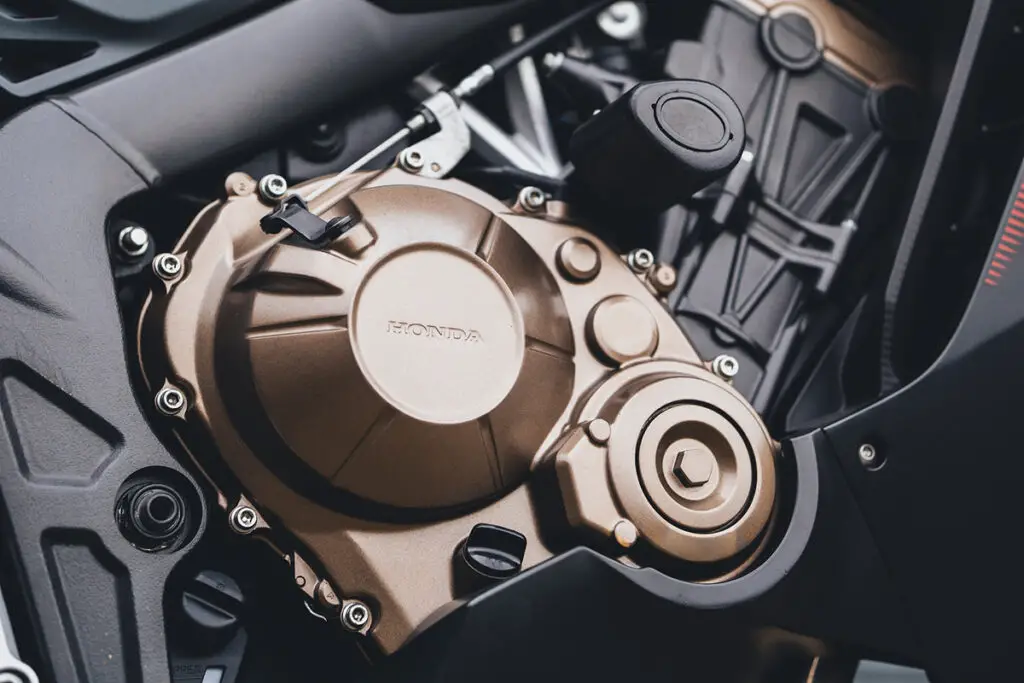
Charging System Components Defined
In motorcycles, the charging system has more or less the same setup and components across various types. Some production models may be more technically advanced than others. But, for the most part, two-wheelers share major components: the battery, alternator or stator, and regulator/rectifier.
Automotive publications and online resources, for the most part, declare seven components working individually to bring a motorcycle to life. I have provided a rundown of these elements with brief descriptions for each below:
Electronic Control Unit (ECU/ECM)
The ECU is a core component of a motorized vehicle’s engine management system that processes system information and manages various functions, including fuel supply, air management, fuel injection, exhaust gas treatment, and ignition.
This unit is typically embedded in the engine control module in high-performance bikes but may be a separate unit in mechanically controlled or low-capacity motorcycles.
Battery
The battery is the main repository of the charging system. It provides a motorcycle with on-demand energy while also protecting its electrical system.
For lithium batteries like FirePower HJTX20HQ-FP Featherweight Lithium Battery (view on Amazon), the same is achieved through the movement of lithium ions.
Alternator
The alternator converts mechanical energy into electricity and serves as the power generator of the charging system. It creates alternating currents, or AC, that power the motorcycle and charge its battery.
Because the motorcycle battery would be unable to use AC in raw form, the alternator pairs with a regulator/rectifier to make current storage possible.
Regulator/Rectifier
This component converts alternating currents to direct current or DC, which can be stored inside the motorcycle battery.
Aside from this, the reg-rec unit also works as a charging control device, regulating the amount of current within the battery to ensure overcharging does not occur.
Charging Wires
As the name implies, charging wires are passageways for the charge that flows through a motorcycle charging system. These links connect charging system components together.
Large-diameter or B+ wires connect terminal B of the alternator with the motorcycle battery. Meanwhile, small-diameter charging wires connect all other terminals in the charging system.
Fuse and Fusible Links
These components serve as circuit breakers that protect wires from voltage spikes and potential fire from current overload.
Fusible links, in particular, act like an inline circuit fuse bypassing the fuse box in a motorbike’s wiring harness (view on Amazon). Both keep hazardous scenarios at bay and are integral to the charging system’s overall function.
Ignition Key
Serving both the ignition and charging systems, the ignition key functions like a switch that connects and disconnects the positive battery current or charge from the motorcycle battery to the rotor coil.
It ensures the motorcycle’s alternator does not generate electricity even when the engine crankshaft rotates.
What Is a Stator on a Motorcycle?
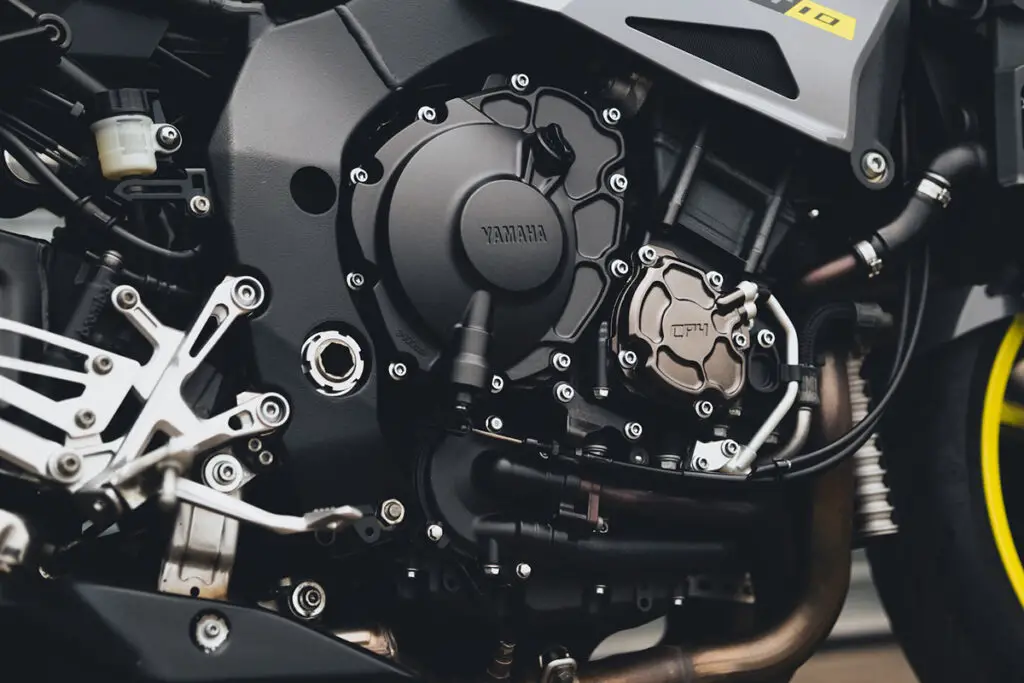
You may be wondering why the stator has not been mentioned in any of the above descriptions. That is because the stator is a part of the alternator.
There is much confusion when it comes to differentiating the two. But contrary to popular belief, these components are not one and the same.
A motorcycle stator is an element of the charging system coupled with a rotating (permanent) magnet that creates an alternating current. It is one of the many components that augment alternator functions and is found inside the engine casing.
Some alternators can do without a stator. However, it is pretty rare for a two-wheeler to be equipped with an automotive-style, all-in-one alternator like ACDelco 25877026 GM Original Equipment Alternator (view on Amazon) from the factory.
How Does It Charge the Battery?
Located within the engine, the stator works by “spinning the crankshaft which then generates current that is then converted by the regulator to charge the battery.” Note, however, that this quoted definition by UE Technologies is utterly simplified.
Specifically, the stator contains a flywheel with spokes coiled with a magnet wire. A combination of stationary and moving magnets helps rotate the flywheel in the stator to generate alternating current.
This AC power is then changed to DC by the regulator/rectifier and used to charge the motorcycle battery.
Progression of the Motorcycle Charging System
There have been several versions of the main component in a bike’s charging system throughout the years. If you have owned or had your stride over different motorcycles, you certainly would have come across the terms stator, generator, alternator, or magneto in your service manuals.
Functionally, all these components are largely similar. But make no mistake — they are in no way interchangeable. On a different note, each represents a specific period in motorcycle technology.
AC & Flywheel Magnetos
The earliest two-wheelers used a magneto to generate AC power (hence, you will see AC or flywheel magneto as the default charging system in older manuals). This setup was feasible since motorcycles barely had any electronic accessories (if none at all).
Headlamps did not become a requirement in motorized vehicles until the 1940s. And even then, motorcycles were still fitted with magneto assemblies.
DC & AC Generators
Soon after, electronics and lighting became a necessity on motorcycles, causing the magneto to be replaced by the generator.
The latter worked the same way as its predecessor. However, it supported the use of a battery (which made the addition of electronics and a lighting assembly possible).
Initially, motorcycles had DC generators (a generator with a commutator and internal brushes converting AC to DC power), which worked sufficiently with 6V systems.
Stators & Alternators
By the late 1960s, consumerism had become the direction for most manufacturers. OEMs no longer wished to roll plain-jane offerings off their production lines and, instead, focused on designing two-wheelers with improved engine power and top speed rating.
These endeavors meant higher power requirements, which led to the switch from 6V to 12V systems.
Alongside the changes in voltage, generators were upgraded, and alternators — from one-piece designs to triple-phase units (including stators) — were introduced. The latter proved more efficient than earlier charging systems found in motorcycles.
This particular configuration laid the groundwork for modern-day alternators and stators.
What Is the Difference Between a Stator and an Alternator?
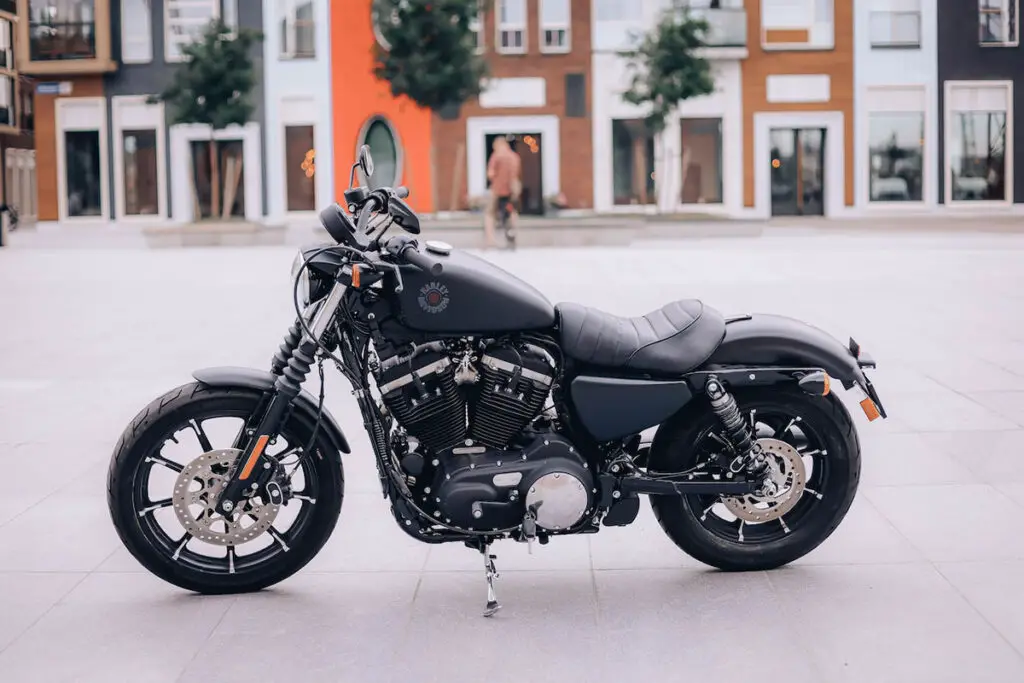
In addition to their definitions, below are other parameters that cite the differences between an alternator and a stator:
| Parameter | Stator | Alternator |
|---|---|---|
| Location | Inside the engine casing | Externally mounted |
| Type | Single-phase or triple-phase configurations | All-in-one single unit or triple-phase type (consisting of rotor, stator, and reg-rec unit) |
| Voltage | 18 volts | 13.5 to 14.5 volts |
| Composition | Standalone unit made of electrical grade steel punched laminations | Collection of components |
| Working Principle | Typically driven by a V-belt while a magnetic field drives its rotating armature | Driven by gears or a small chain from the crank |
| Magnet Used | Permanent magnet | Electro-magnet |
| Potential Issue/s | Misfiring | Higher propensity for overheating |
| Testing Method/s | Resistance test, voltage test, Diode mode test, Current drain test | Resistance test, voltage test, Diode mode test, Current drain test |
When to Use an Alternator vs. Stator
In its truest sense, an alternator and stator are inseparable (after all, a stator is the stationary element of an alternator). However, these terminologies can be construed differently.
Nowadays, an alternator is understood as a charging system component with a built-in stator and regulator/rectifier (view on Amazon). Conversely, a stator is interpreted the same way — except that its reg-rec unit is standalone.
When choosing one over the other, the selection process is more circumstantial than deliberate. Typically, motorheads do this with the charging system their two-wheelers have.
It is rare for anyone to willfully change this component’s configuration to something else unless an upgrade or modification warrants it.
Between these two options, none is clearly safer or better performing. If you need to choose one, do so, depending on how big your motorcycle is.
Having the simpler configuration of the two, stators have been proven to work better with smaller-displacement thumpers. Meanwhile, alternators are great for touring bikes and high-performance behemoths.
Conclusion — Motorcycle Alternator vs. Stator
With the information shared in today’s article, I am confident that you now better understand the differences between a motorcycle alternator and a stator. But more importantly, I hope that no matter the condition of your charging system components, they are taken care of less begrudgingly.




